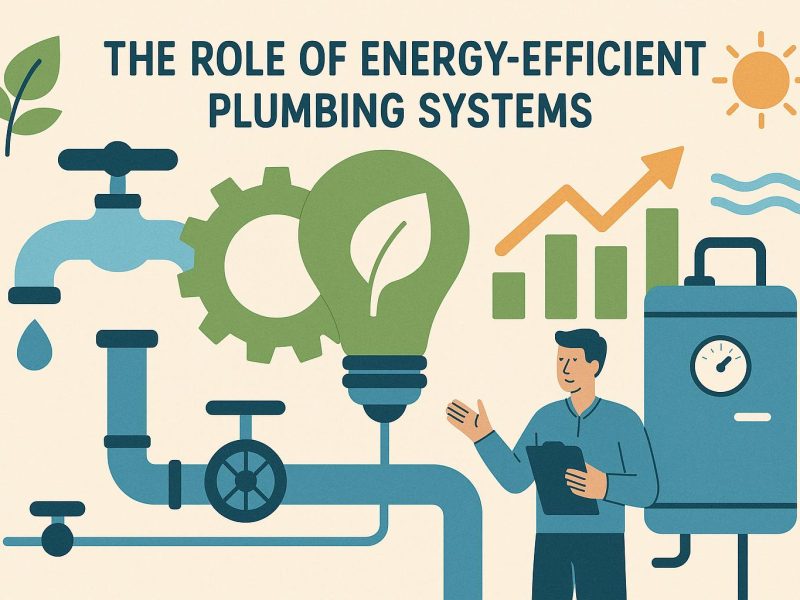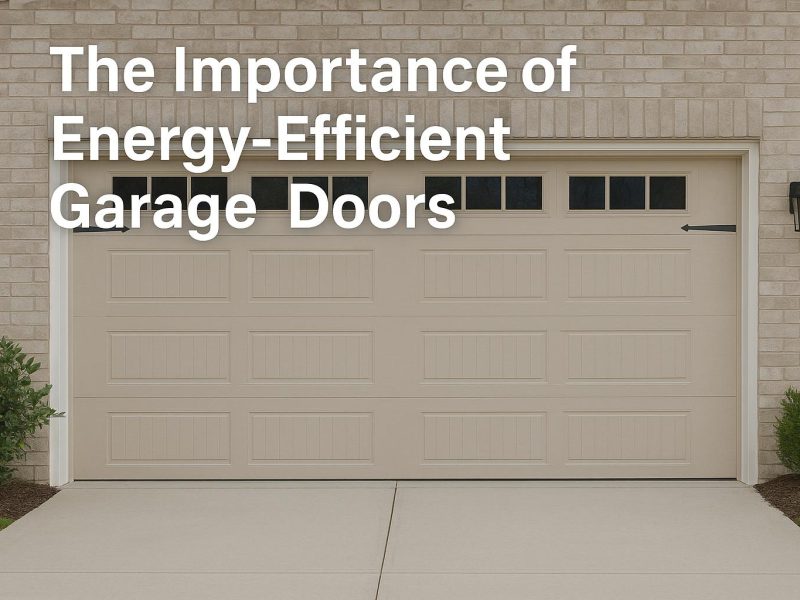Introduction
Creating a workspace that emphasizes energy efficiency is an initiative that has become increasingly important in today’s world. As remote work gains momentum, designing a home office that reduces energy consumption is both sensible from an environmental perspective and beneficial for reducing personal expenses. Lowering your carbon footprint and saving on utility bills can be achieved by following guidelines intended to enhance energy efficiency in your home office setup.
Location and Design
When conceptualizing an energy-efficient home office, location is paramount. Placing your office in an area that benefits from substantial natural light will decrease reliance on artificial lighting. The strategic positioning of your workspace to face south is ideal. This orientation ensures maximum natural daylight infiltrates your workspace throughout the day. Consequently, it reduces the need for artificial lighting, thereby saving energy.
Insulation and Ventilation
Proper insulation and ventilation are indispensable in upholding indoor temperature and air quality. Ensuring that windows and doors are properly sealed will prevent unwarranted air leakage. This can play a significant role in maintaining a stable indoor climate. The installation of energy-efficient window treatments, such as thermal blinds, offers added temperature regulation advantages for both cold winter days and hot summer afternoons. Enhancing air circulation with a ceiling fan or controlling the indoor climate with a programmable thermostat further supports energy-efficient comfort within the home office.
Lighting
A well-thought-out lighting design is instrumental when it comes to achieving an energy-efficient office space. Transition to using LED bulbs, known for their extended lifespan and significantly lower energy demand compared to conventional incandescent options. To maximize lighting efficiency, integrate desk lamps that have adjustable settings, offering directed light as necessary, thereby minimizing waste. For more information, consider exploring Energy Star Lighting, which provides detailed insights into various energy-efficient lighting solutions.
Power Management
Optimizing how power is managed within your home office is crucial. One effective method to minimize standby power consumption is through smart power strips. These devices automatically disconnect power supply to electronics when they’re not being used, preventing unnecessary power drain. Opt for office equipment that boasts high energy efficiency ratings to further lower power usage. For office equipment that supports energy savings, the Energy Star certification found on some devices can guide purchasing decisions. More about such devices can be found here.
Office Equipment
When equipping your home office, prioritize items that meld energy efficiency with the desired functionality. Laptops are generally preferable over desktop computers due to their lower energy consumption. Similarly, the shift from local servers to cloud-based services for data storage can reduce electrical demands significantly. Cloud services decrease the reliance on energy-intensive hardware, leading to further reductions in energy consumption.
Heating and Cooling
The efficient management of heating and cooling appliances is pivotal for energy savings. Strategically set your thermostat to energy-efficient temperatures. Moreover, use programmable settings to avoid excessive heating or cooling during periods when the office is not in use. Pair these practices with robust insulation to further optimize the efficiency of HVAC systems. This two-pronged approach ensures that heating and cooling efforts are not wasted, promoting energy conservation and cost savings.
Materials and Sustainability
Developing an eco-friendly workspace also involves choosing sustainable, environmentally conscious materials for your office furnishings. Opt for the use of recycled or sustainably sourced materials whenever feasible, as they contribute to lessening environmental impact. Incorporating second-hand or refurbished office furniture further diminishes waste and aligns with the principles of resource conservation. Each of these considerations cumulatively supports the creation of a sustainable and responsible home office.
Conclusion
The establishment of an energy-efficient home office delivers benefits beyond environmental conservation. It presents significant opportunities for cutting down on costs over time. Mindful selection of your workspace location, lighting, equipment, and materials enables the design of an office that minimizes energy use. Integrating these strategies is instrumental in setting up a workspace that is not only sustainable but also comfortable and economically advantageous. These thoughtful measures contribute positively towards a more responsible and effective working environment in your home.



